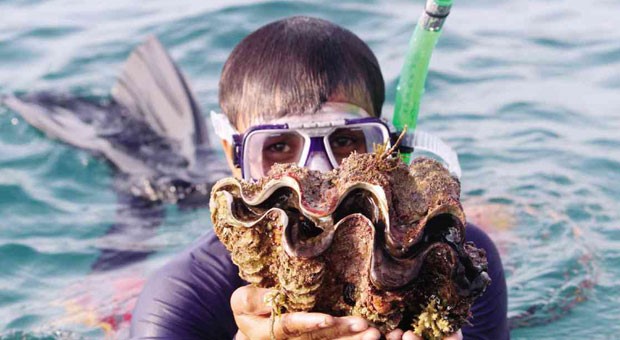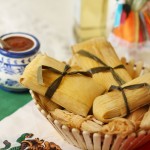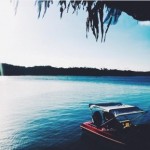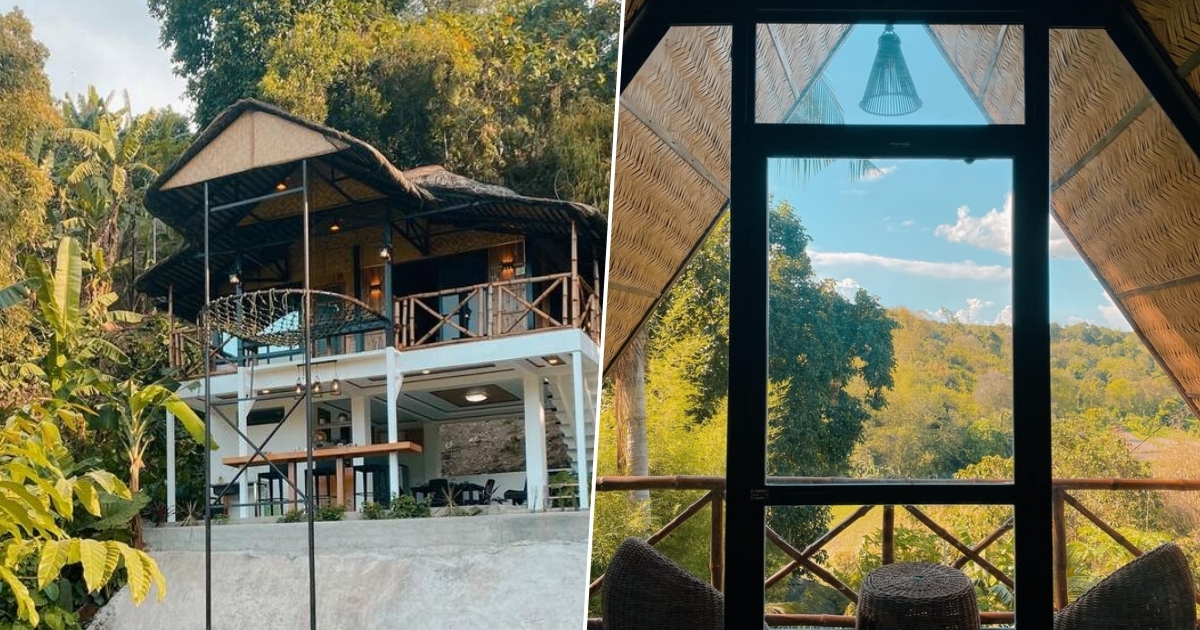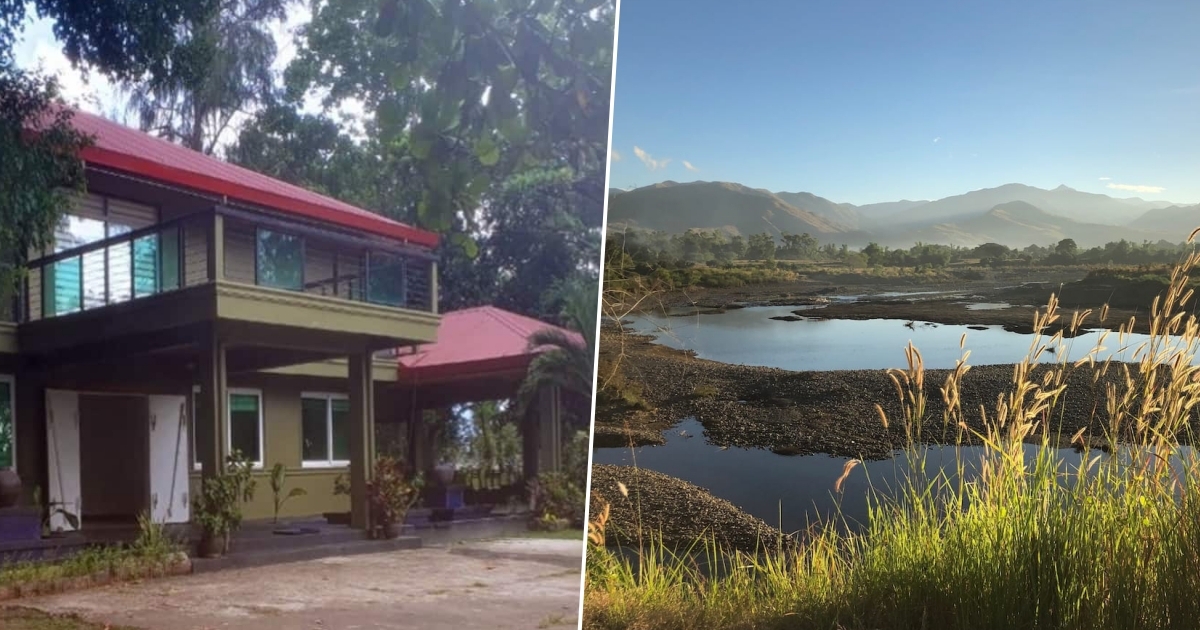Why the Masinloc Marine Eco-Tourism Program Should Be Your Next Barkada Getaway
Masinloc boasts of another hidden gem unknown to many: their rich marine sanctuaries that include a giant clam farm, a mangrove-formed island and a wooden guesthouse in the middle of the sea
by Abu Poblete | March 24, 2016
In the north of Zambales is the quiet town of Masinloc. Besides being famous for its mangoes, black rice, lato seaweed, buri products, the Binabayani festival, Masinloc boasts of another hidden gem unknown to many: their rich marine sanctuaries that include a giant clam farm, a mangrove-formed island and a wooden guesthouse in the middle of the sea.
Proclaimed as “Protected Sea Escapes” under the NIPAS Act in 1994, and the “Port of Entry under RA 6452, it’s not surprising why the local government and its civilians heavily protect their waters. As a way of protecting their waters while giving jobs to the locals, the Masinloc Eco-Tour Program, a one-day tour that brings tourists into Masinloc’s sea treasures, was created.

Fishermen boats are used for the Masinloc Eco-Tour program to bring tourists to their three marine sanctuaries.
The first stop of the program is the San Salvador Island where the underwater farm full of giant clams or Tridacna gigas will excite the nature enthusiast in you. Tourists are given snorkels and are free to dive into the San Salvador’s clear waters where about twenty or more car wheel-sized clams, fishes and large corals are hanging out. These clams grow up to one to two millimeters a year, so seeing them as big as your torso means that the people take really good care of these shelled creatures. You might have a hard time looking for them at first, but once you see through their camouflage, you’ll be surprised at how many of them are down there.

When you’ve befriended the sea after snorkeling, the kind tour guides will take you to a 10-minute ride to Yaha Island, a mangrove-formed island with eight hectares of bakawan lalake and bakawan bato or Rhizophora lamarckii. Mangroves is the sea’s own version of a filter. Its roots keep excess materials from reaching the sea and are great homes for different kinds of sea creatures.
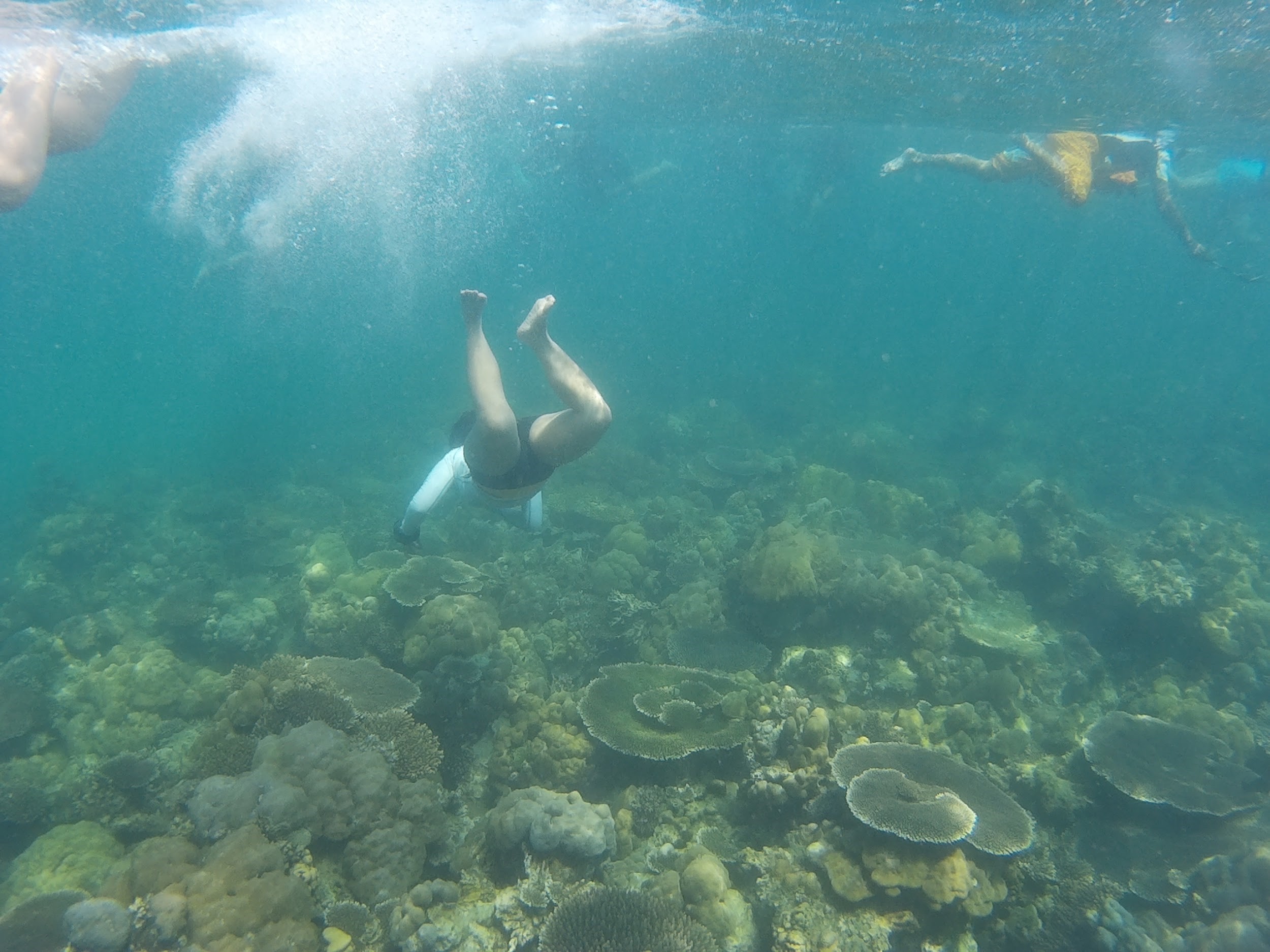
A tourist dives closer to where the giant clams are.
These mangroves go up to about three meters, and their richness in number will overwhelm you. If the weather permits, a provided canoe guided by a local will take you to the middle of the forest to check out the sea grass plantations, sea cucumbers, seahorses and sea urchins.

Yaha Island
Masinloc offers its students to participate in mangrove-planting activities, which helps in the preservation and development of the island.

The isolated Bacala House.
After riding through the mangroves, visitors are brought to the middle of the sea where only the Bacala house can be found as shelter. The house is made by the local government for tourists to feel the calm in the isolation of the ocean. With the shallow waters and sandbars around the wooden house, you’ll have time to swim around and chill under the sun.

Tourists enjoy the sand bar right beside the Bacala House.
But as beautiful the shallow waters and the guesthouse are, it’s the food prepared by the locals for the tourists that make the third and final stop of the tour more special. Dishes like ensalada, lato seaweed, eggplant, crabs, fish, and rice—all freshly caught and picked, by the way—make for a wonderful seaside (or center?) dining experience.

The view from the Bacala House.
The tour offers two packages. Package 1 (worth PHP610 per head) includes snacks, lunch, boat rental, entrance and environmental fees, gear rental fees, and tour guide fees. But if you’re willing to bring your own food, Package 2 worth PHP410 per head. Every tour group should have a minimum of 10 people per tour so make sure to call the tour guides before traveling there.
For more inquires about Masinloc’s Eco-Tour Program, call Mac in 0915-451-8246 or Heart in 0912-490-5877 or check their website here.



